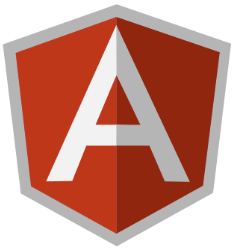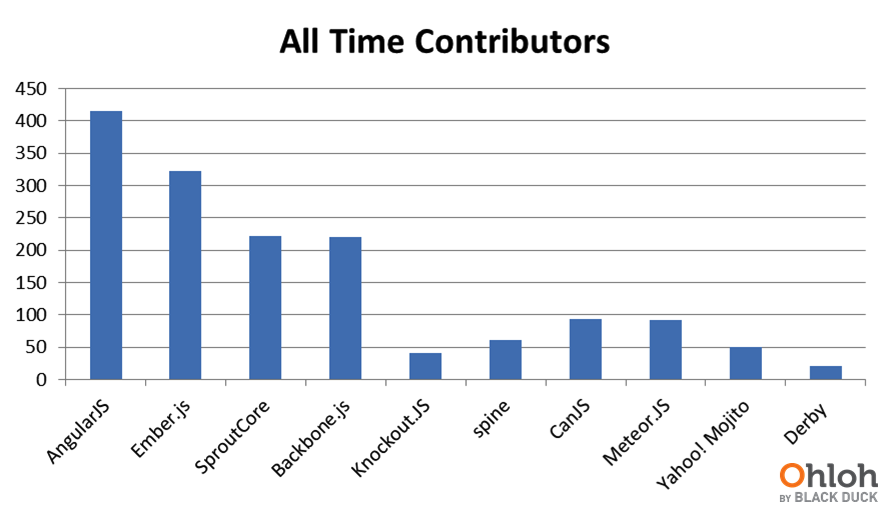
Front-End JavaScript Framework Development
There’s a good reason why so many JavaScript frameworks have popped up within the past few years — they’re awesome. It may take a little time for some to buy into all the benefits and idiosyncrasies of JS frameworks but once you’ve sipped the Kool-Aid, you’ll quickly become a true believer.
As you might expect, JavaScript frameworks are written in JavaScript and they enable developers to organize and optimize their code in ways to make applications flexible, scalable and fast — really fast. Not only does the front-end render at light speed in the browser, it also enables you to drastically reduce the number back-end calls by handling most of the error validations, logic and data manipulations all in the front-end. In addition, most JavaScript frameworks are based on the MVC architectural pattern, which means they are designed to separate or componentize the different features of an application to make development easier and less buggy. At UX Team we are also big believers in test-driven development, which requires us to write tests before we begin coding. Luckily, some JS frameworks provide automated processing utilities that will execute your tests for you like a robotic QA Tester. In the end, this all adds up to an enormous savings in both testing and bug fixes because your code has already passed all its tests before it’s even deployed to your test environments.
Software Redesigns
Since JavaScript development focuses entirely on the front-end, it is ideal for software redesign projects where clients want to overhaul their existing product’s UX while keeping all their back-end code and data largely untouched. In some cases, we may make recommendations to update certain APIs and/or data to either increase performance or align better with the new UX.
New Web and Mobile Apps
We’ve also developed new web and mobile applications using JS frameworks that leverage existing back-ends and data sources, which our clients love since it not only keeps costs down but it doesn’t require yet another back-end application to maintain. In fact, many of our mobile applications are developed using Cordova, which enables us to develop a single code base using CSS3, HTML5, and JavaScript instead of different platform-specific code bases for Android, iOS, or Windows Phone.
JS Frameworks We Specialize In
With so many JS frameworks available today, it’s impossible to be an expert in all of them — so we’ve decided to focus on the two most popular and mature frameworks: Angular and Ember. Here’s why:

Angular
Since Angular was first released in 2009, it clearly has the advantage of being at least two years more mature than most other JS frameworks out there, which can be a lifetime in application development. When you’ve been around for that long and you’re mainly maintained by Google, you not only reap the benefits of perfecting your product but you also get to grow your developer community and third-party modules more than anyone else as well. Google even created a separate website that provides developers with the Material Design specifications needed to build apps with the most modern techniques and technologies out there.

Ember
Perhaps our lover of Ember has to do with the fact that we collaborated directly with members of the Ember Core Team on a few projects — but we’re not alone. Ember is being embraced by the developer community faster than any other JS framework. The biggest hurdle for most developers to overcome is the opinionated nature of Ember but once you embrace it, you quickly realize its brilliance in how it helps you stay laser-focused on writing great code instead of wasting time on configuring, testing, fixing bugs or refactoring code.

AngularJS and Ember show the largest overall communities, which mirror their recent monthly contributor growth.
Recent Web and Mobile UX Design and Development Projects
We design and develop software and website user experiences for a wide-range of clients in many different industries.




